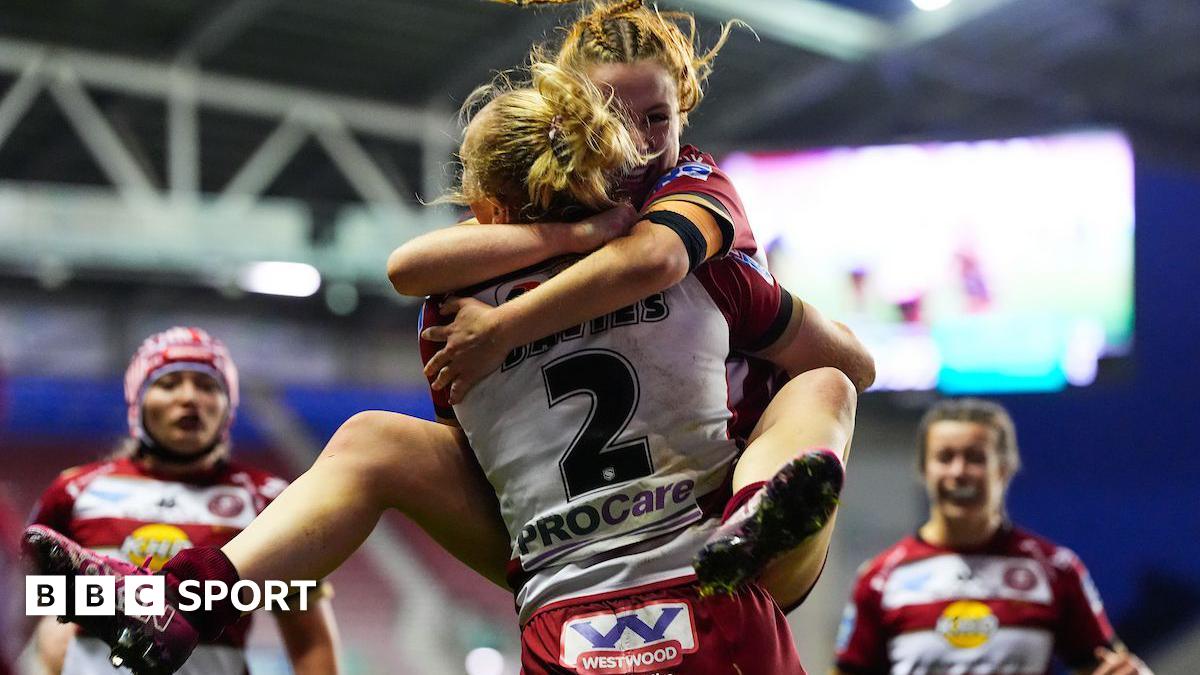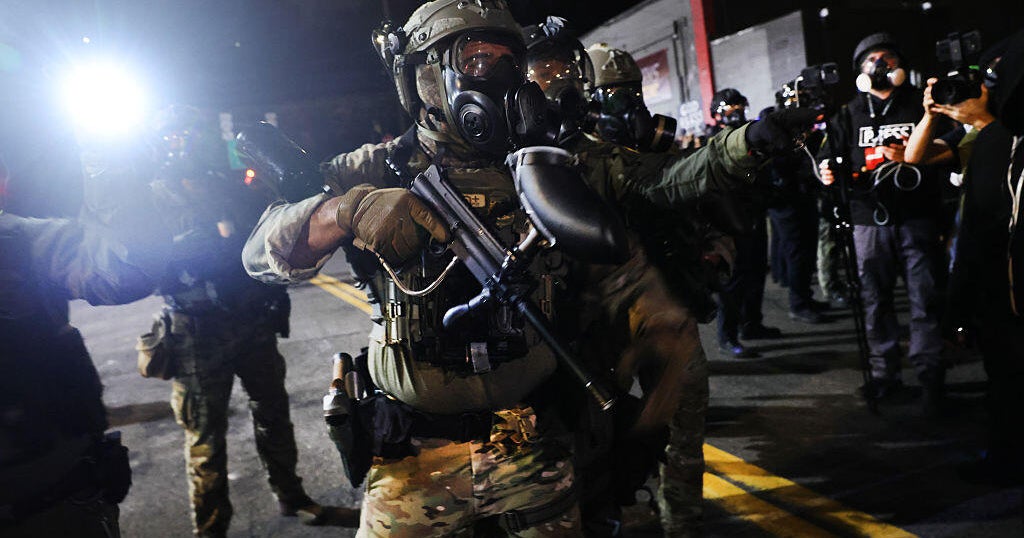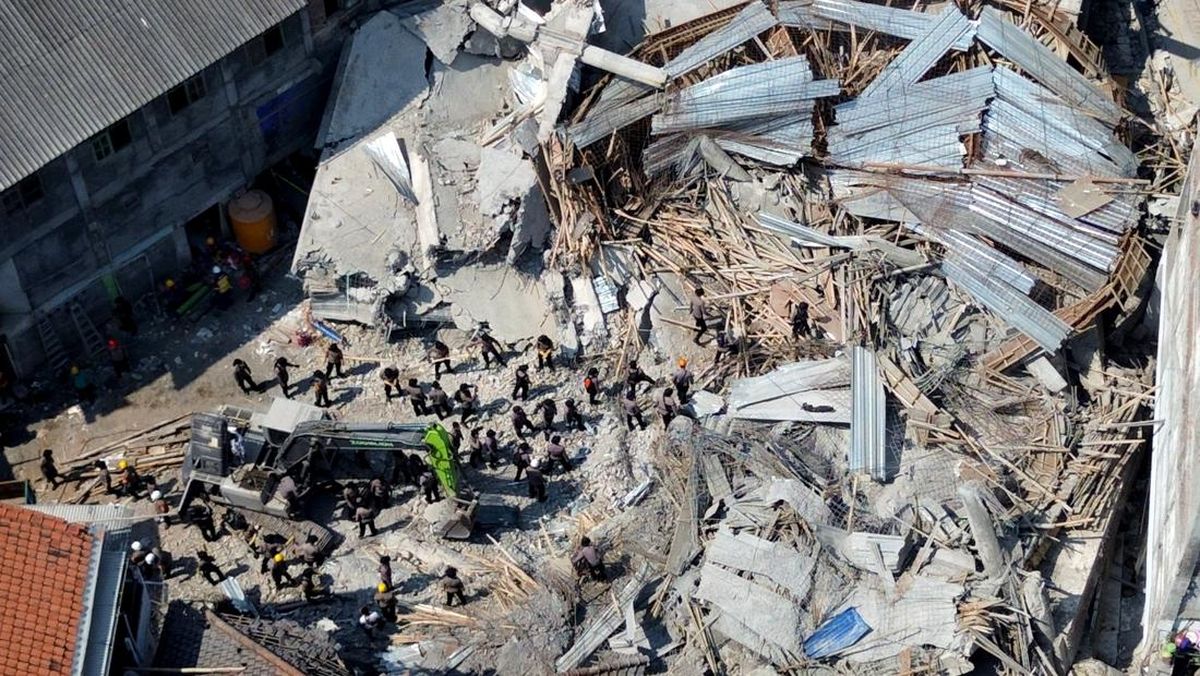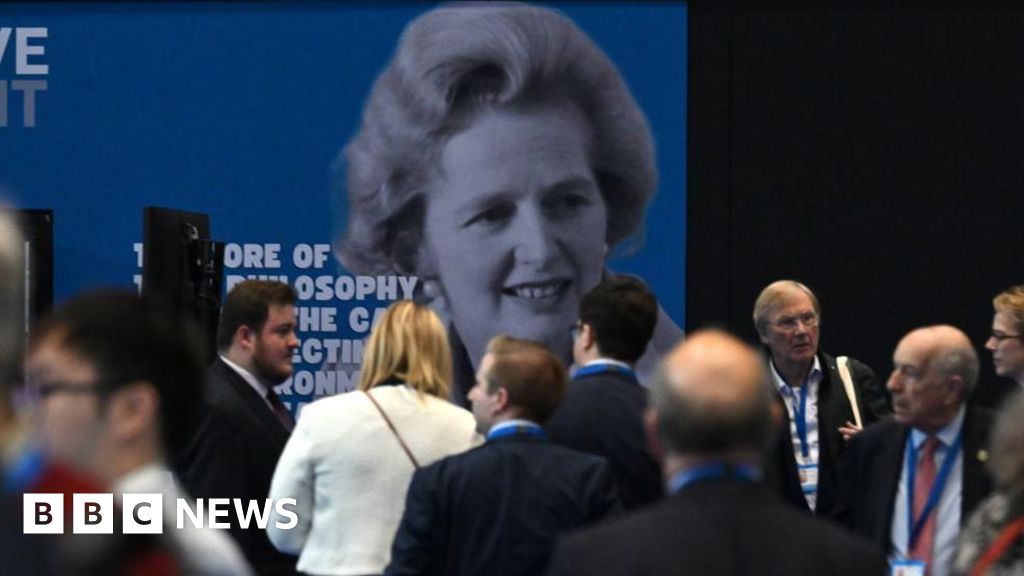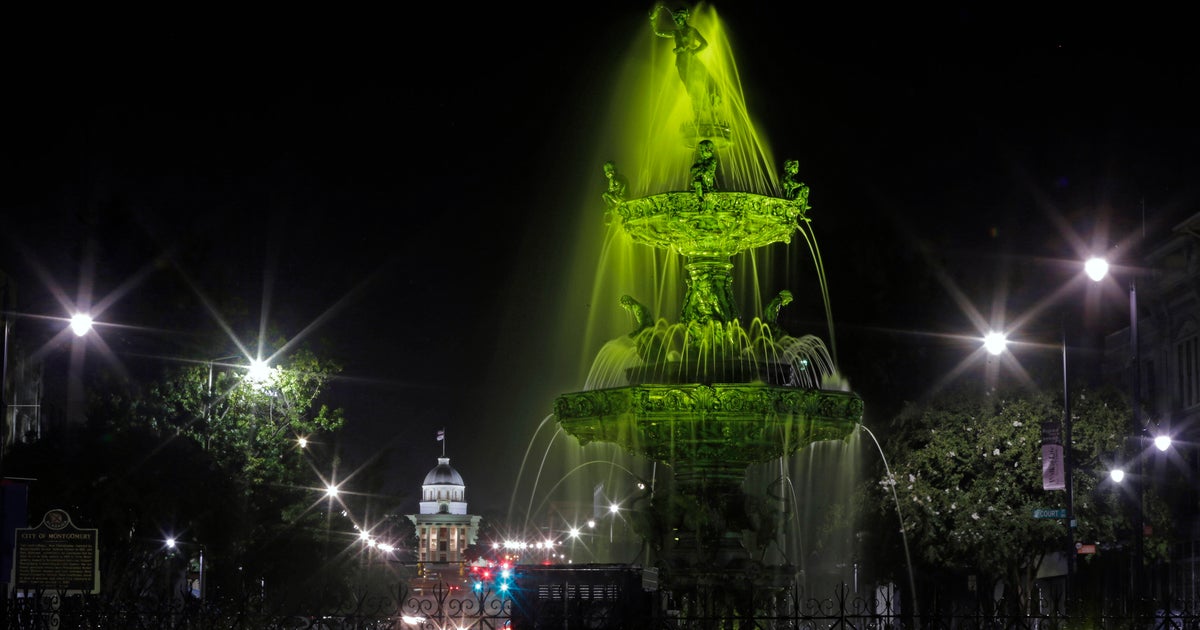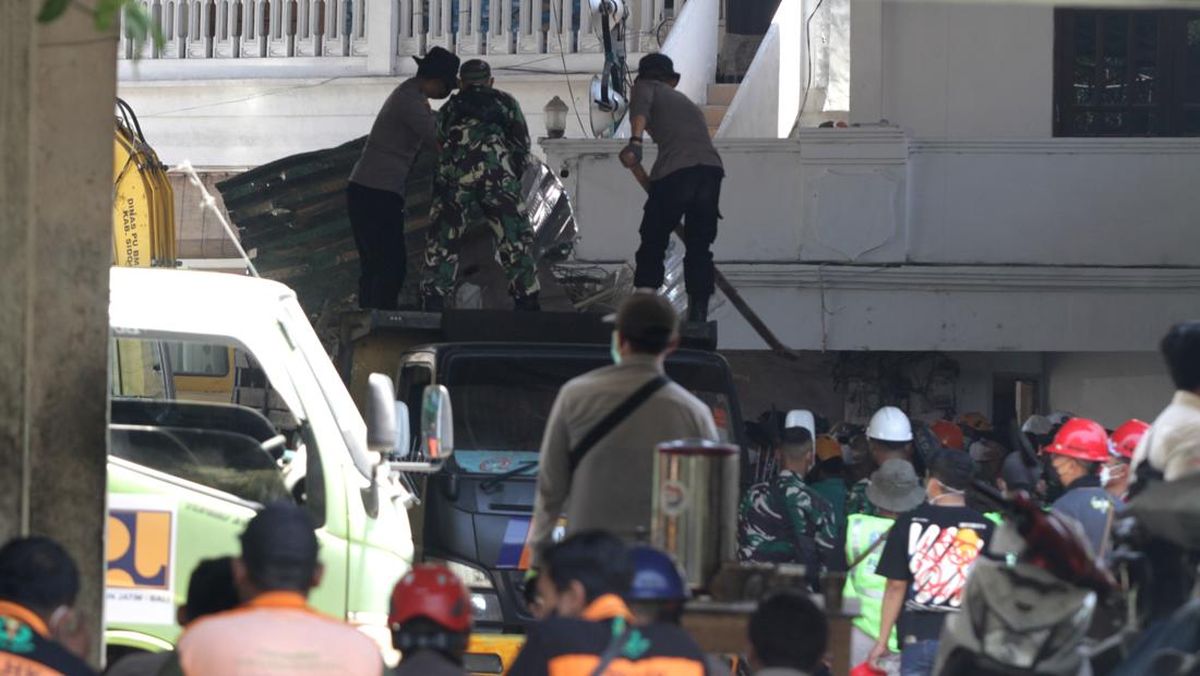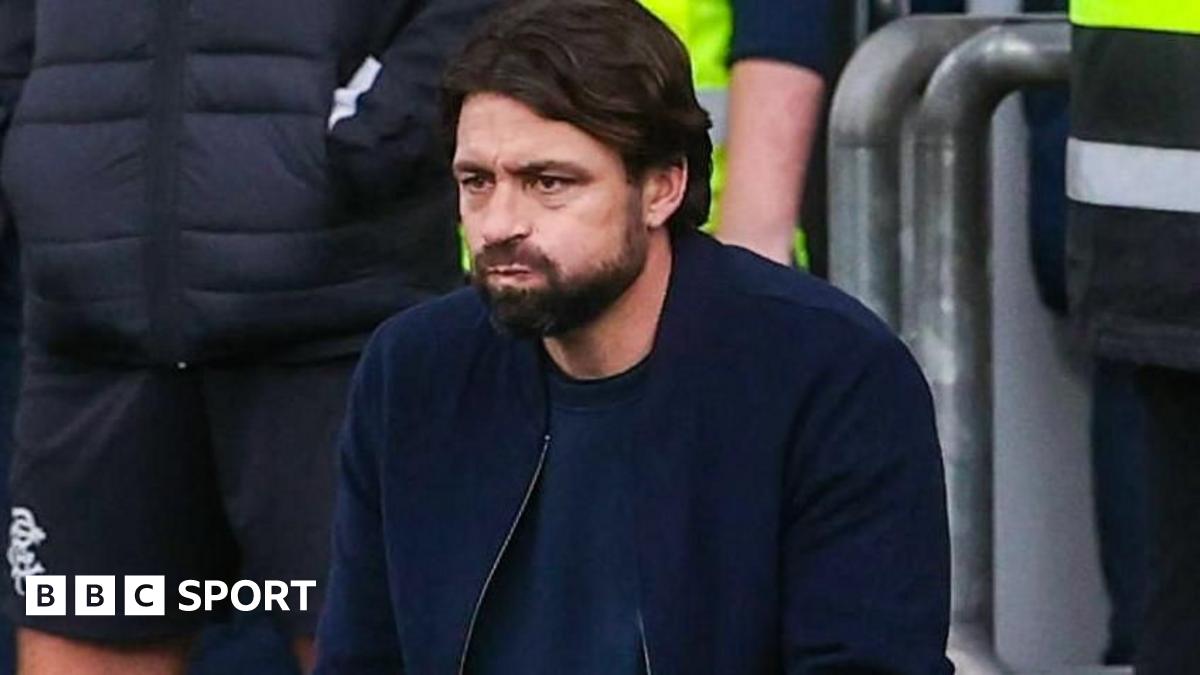Almost 160 years after the transportation of convicts to Australia ended, a plan has emerged to turn Victoria into a prison hulk of sorts for the rest of the nation as the states’ network of jails struggles with overcrowding.
Right-leaning think tank the Institute of Public Affairs believes the Victorian government would make $290 million a year by leasing out cells for prisoners from other jurisdictions as part of a broader overhaul of Australia’s approach to imprisonment.

Victoria could be home to interstate prisoners, raising money for the state while reducing pressure on the nation’s prison system.Credit: Jason South
Governments are spending $6.8 billion a year on building and running the nation’s 113 jails, which housed a record 44,403 people in 2024. Prisoners cost an average $159,510 a year to house, and spending on the prison network is up by 50 per cent in inflation-adjusted dollars over the past decade.
According to the IPA, almost every state and territory – apart from Victoria – is rapidly approaching prison capacity. Queensland is expected to reach capacity this month, South Australia by mid-2028, Western Australia in 2029 and NSW by the end of 2036.
Victoria is not expected to near capacity on current trends until 2040, having built several new jails in recent years.
In June last year, Victoria had 5918 prisoners, half the number of NSW (12,946) and fewer than Queensland (10,879) and Western Australia (7814).
IPA research fellow Mia Schlicht said the nation’s prison system was on the brink of a capacity crisis.
Victoria could replicate the prison systems of Mississippi and Oklahoma by taking prisoners from other states because of excess cell capacity, Schlicht said
Victoria could make up to $290 million a year, she said, by taking in prisoners from Queensland or South Australia while also reducing pressure on the nation’s entire jail network.
“Victoria could convert idle capacity into a revenue stream, reduce the cost burden on taxpayers and assist other states in managing their prison population without the immediate need for costly infrastructure expansion,” she said.
Tough-on-crime policies, including on non-violent offences, in most states has contributed to the rise in incarceration rates over recent years.
But Schlicht said the huge cost of running and staffing prisons was dragging on state budgets.
She said with 37 per cent of the prisoner population doing time for non-violent crimes, many inmates could be punished through alternative – and cheaper – measures including home detention, fines and forced restitution.
“Our criminal justice system is in dire need of structural reform, which at its core acknowledges the difference between violent offenders who pose a risk to community safety and non-violent offenders whose incarceration sees little overall safety benefit.
“Community safety can be strengthened if the $2.6 billion currently spent on locking up non-violent offenders is redirected to crime prevention, and ensuring there is room in prisons to enable violent offenders to be sentenced for longer,” Schlicht said.
She said some non-violent offenders could be put into full-time employment that would ease worker shortages while also raising revenue for governments through taxation.
Cut through the noise of federal politics with news, views and expert analysis. Subscribers can sign up to our weekly Inside Politics newsletter.
Most Viewed in Politics
Loading

